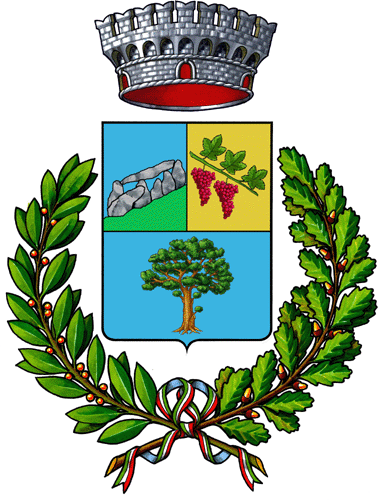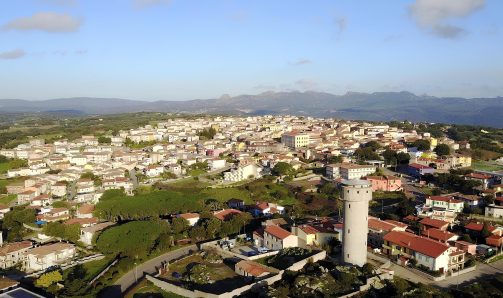Luras rises in an extensive granitic hilly territory, at an altitude of 508 meters. Beginning in the first half of the 14th century, the term Luras is documented in the Pisan and Aragonese registers, where it appears for the first time with the toponyms of Villa Lauras, Lunas and Luras, but the traces in the territory attest to a much older human frequentation, dating back to prehistoric times. There are several prehistoric monuments, including dolmens, nuraghi and tombs of giants. In the locality of Carana, however, are two monumental olive trees. The most important, s’Ozzastru, is estimated to be about 4,000 years old, and in 1991 it was declared a Natural Monument. Traditional agricultural and commercial activities, with the island-wide sale of wool, hides, cork and iron, wines, etc., contributed to economic prosperity, found in public and private buildings such as roads, fountains, palaces and stately homes.
Today, it maintains a certain economic prosperity related to the tertiary sector, agriculture and animal husbandry. Viticulture has assumed an increasingly important role, achieving important national and international recognition.



